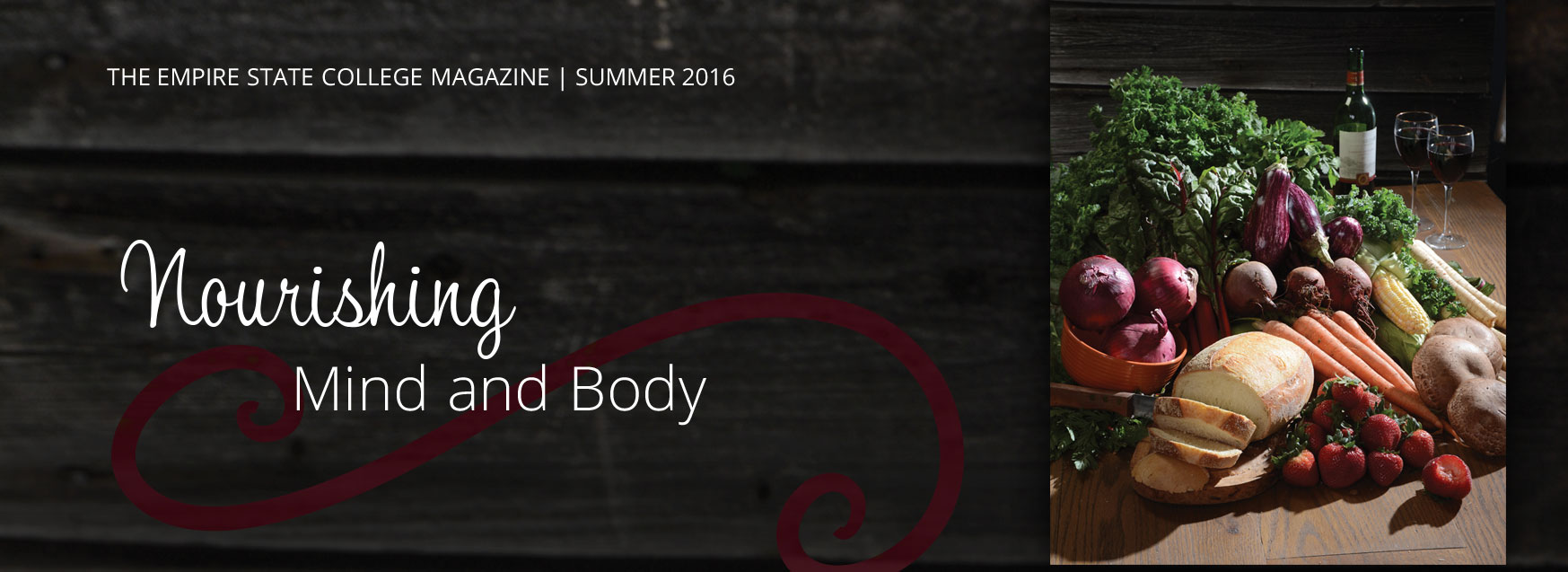
Food: Always an Excellent Table Topic
by Robert B. Carey

Raymond Sokolov once wrote a column about food and the many things that humans have used to feed themselves for “Natural History,” a publication of the American Museum of Natural History. He was the immediate inspiration for the first Food in History learning contract that I wrote.
Food is, once you begin to explore the term, an endlessly inviting topic. We invented agriculture, figured out how to domesticate grains and a range of animals, and, as a result, from those Neolithic days to the present, have been busy rearranging and mining the habitat that we call home.
When Empire State College had to come up with General Education studies, food seemed a natural way to go to introduce students to what is involved in historical thinking – what cause looks like in its clustered gathering of adaptive behavior and cascading consequences. And, as it turns out, the history of food is linked in intimate ways, early and late, with the history of disease and things that bite us back.
The literature is rich and deep: what happens to soil, to the land itself, the rise of the grain empires; food, temples and religious and cultic requirements or excess; the deadly history of sugar, how Americans became the children of corn.
As we get into the 19th and 20th century, the industrialization of food takes on a new meaning – with the mixed consequences of convenience and caloric overkill. As a topic it keeps unfolding and posing deeply troubling and interesting questions, all worth studying.
Bob Carey, a historian, is a professor and mentor at the college’s New York City locations. He recently developed and taught a course using the college’s Immersive Cloud Learning technology on the History of Food.